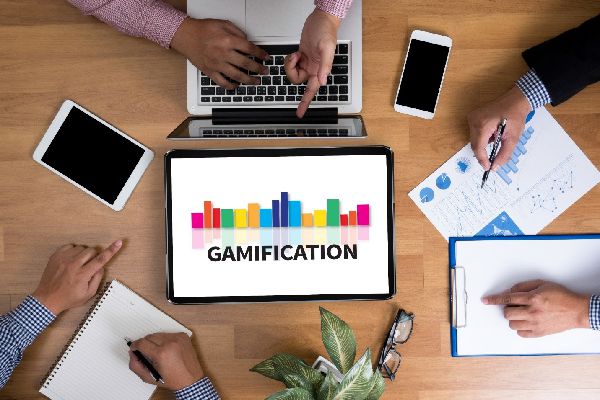Implementing Gamification to Drive Sales Performance

Gamification has become a popular strategy in the corporate world, with many companies using it to improve employee engagement, productivity, and performance. One area where gamification has proven particularly effective is in sales, where it can motivate sales teams to achieve better results.
What is Gamification?

Gamification is the use of game mechanics, such as points, badges, and leaderboards, in non-game contexts to motivate and engage people. In the sales context, gamification can be used to incentivize sales teams to achieve specific goals, such as increasing sales revenue or improving customer satisfaction.
How Can Gamification Drive Sales Performance?
Gamification can drive sales performance in several ways:
- Motivation: By offering rewards and recognition for achieving specific sales targets, gamification can motivate sales teams to work harder and achieve better results.
- Competition: Leaderboards and other gamification elements can create healthy competition among sales teams, encouraging them to perform better and achieve more.
- Training: Gamification can be used to train sales teams on new products, sales techniques, and other skills, making the learning process more engaging and effective.
Effective Gamification Strategies for Sales Teams

Implementing gamification in sales requires careful planning and execution. Here are some effective strategies:
- Define clear goals: Before implementing gamification, it’s important to define clear goals and metrics that you want to achieve. These goals should be specific, measurable, and achievable.
- Choose the right game mechanics: Choose game mechanics that align with your sales goals and motivate your sales teams. For example, if your goal is to increase sales revenue, you could offer bonuses or commissions for achieving specific sales targets.
- Provide real-time feedback: Provide real-time feedback to sales teams on their progress toward their goals. This feedback can be in the form of leaderboards, progress bars, or other visual cues that show how close they are to achieving their targets.
- Make it social: Encourage social interaction and collaboration among sales teams by incorporating social elements into your gamification strategy. For example, you could create team-based challenges that require collaboration and teamwork.
- Keep it fresh: To maintain engagement and motivation, it’s important to keep your gamification strategy fresh and exciting. This could involve introducing new game mechanics, challenges, or rewards.
Implementing gamification in sales can be an effective way to motivate and engage sales teams, driving better sales performance and ultimately improving the bottom line. By defining clear goals, choosing the right game mechanics, providing real-time feedback, making it social, and keeping it fresh, you can create a gamification strategy that drives results and keeps your sales teams motivated and engaged.





